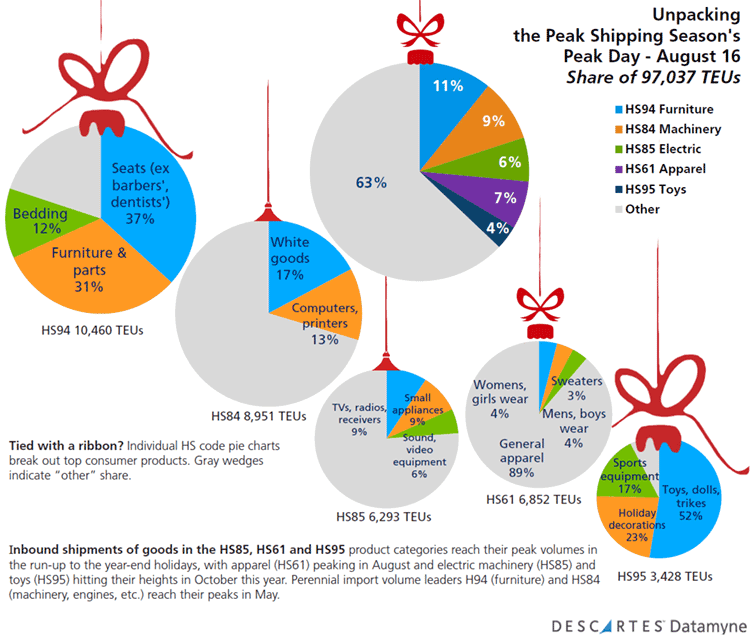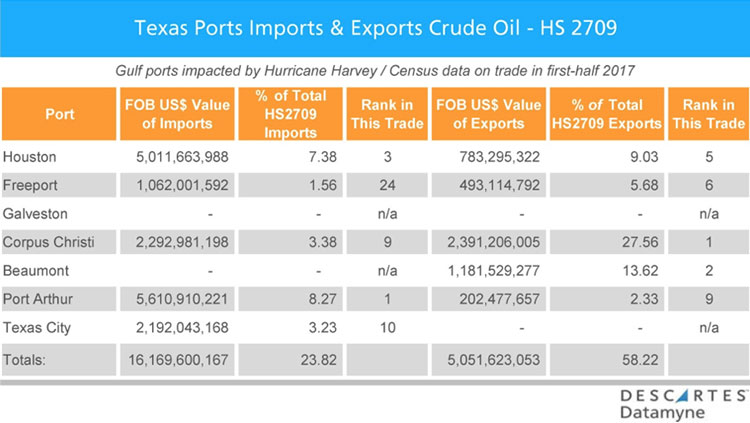What not to mix with salt water: electric, communications, motorized systems
by Bill Armbruster, blog anchor
Port Newark Refrigerated Warehouse was just one of the hundreds of businesses in New Jersey and New York that felt the wrath of Hurricane Sandy after it hit landfall the night of October 29. The unprecedented 13.6-foot storm surge flooded the waterfront. Heavy winds toppled thousands of trees and downed power lines throughout the region.
“The big issue for everyone was power. The salt water got into all the electrical systems. A lot of equipment was damaged,” said Richard M. Larrabee, director of port commerce for the Port Authority of New York and New Jersey, which is undertaking an extensive review of the hurricane’s impact to determine how it can better prepare for future storms. “We will definitely look at how we protect the electric power system in the port. That’s one of the issues,” he said.
For Gerard von Dohlen, president of Port Newark Refrigerated Warehouse, one lesson from the storm immediately became clear: He’s going to replace his diesel-power emergency generators with ones powered by natural gas. “Everybody’s back-up generators are diesel powered, but there was a severe shortage of diesel for four or five days. People had emergency generators that they couldn’t run because they couldn’t get fuel between the refineries closing and trucks not being able to bring the fuel because they couldn’t get it for themselves,” he said.
“It’s better to use natural gas as fuel for generators when it’s area-wide. We called 35 to 40 suppliers and were able to get one shipment of 500 gallons of diesel. We were a couple hours away from running out of fuel,” von Dohlen said. He said he may even use natural-gas generators as his primary source of power.
As 100-year storms becoming increasingly regular events, “people better start taking it seriously. You can’t expose your electrical equipment to saltwater. We’re going to have to raise all power stations, all transformers, all phone equipment.”
The saltwater destroyed some of the wiring and cables under von Dohlen’s warehouse in Port Newark, but the loading dock is 51 inches above ground, and the water did not flood the building itself.
But it still did not have pump service or T1 internet lines more than two weeks after Sandy. “The storm also destroyed all phone equipment,” said von Dohlen.
“This wasn’t a hurricane; it was really a tsunami. It was the waves that did the really significant damage,” said Jim Devine, president of Global Container Terminals USA, which operates both the New York Container Terminal in Staten Island and Global Terminal in Jersey City. “We were devastated at both facilities.”
The waves knocked one building off its foundation and inundated the motors for the gantry cranes and all the plugs for refrigerated containers at the two facilities with salt water. “Containers were knocked around like they were so many matchsticks. Literally hundreds of containers were badly damaged,” Devine said. “I lost 30 pickup trucks and bunches of forklifts.”
Asked about lessons learned, Devine joked, “Get out of the business and move to Costa Rica.” On a more serious note, he said one thing they could have done at NYCT was to move the equipment to higher ground at the adjacent rail yard. But that would not have been possible at Global because it’s on a peninsula, Devine said.
He said the damages were in the millions of dollars but could not give a more precise estimate until he hears back from his insurance company.
Both Devine and von Dohlen had high praise for the port authority: Read more on the port preparations here.
For a quick look at the US imports that move through the Port of NY-NJ, download Datamyne’s free report here.
 Bill Armbruster, the anchor for the Datamyne Blog has covered shipping and trade for 30 years as a reporter and editor with The Journal of Commerce and Shipping Digest. “I’ll be blogging on headline news and current issues in oceangoing commerce, trying to shed some light on the backstories and, wherever I can, supply some sound advice for shippers.” Write Bill care of [email protected].
Bill Armbruster, the anchor for the Datamyne Blog has covered shipping and trade for 30 years as a reporter and editor with The Journal of Commerce and Shipping Digest. “I’ll be blogging on headline news and current issues in oceangoing commerce, trying to shed some light on the backstories and, wherever I can, supply some sound advice for shippers.” Write Bill care of [email protected].
The opinions expressed in this article are those of its author and do not purport to reflect the opinions or views or Descartes Datamyne. In addition, this article is for general information purposes only and it’s not intended to provide legal advice or opinions of any kind and my not be used for professional or commercial purposes. No one should act, or refrain from acting, based solely on this article without first seeking appropriate legal or other professional advice.





